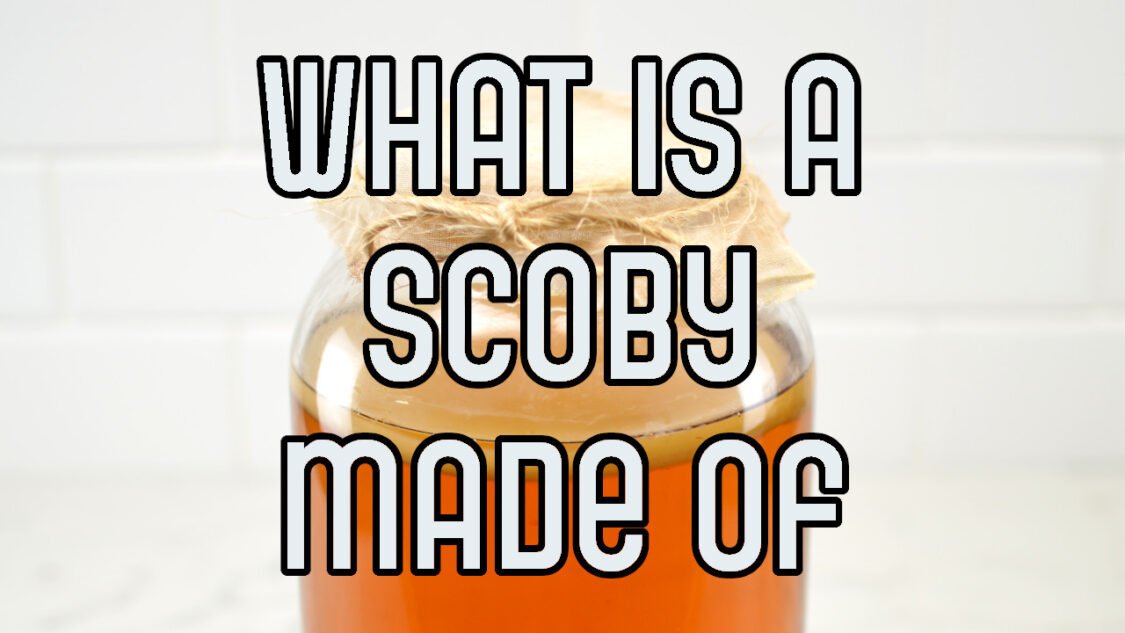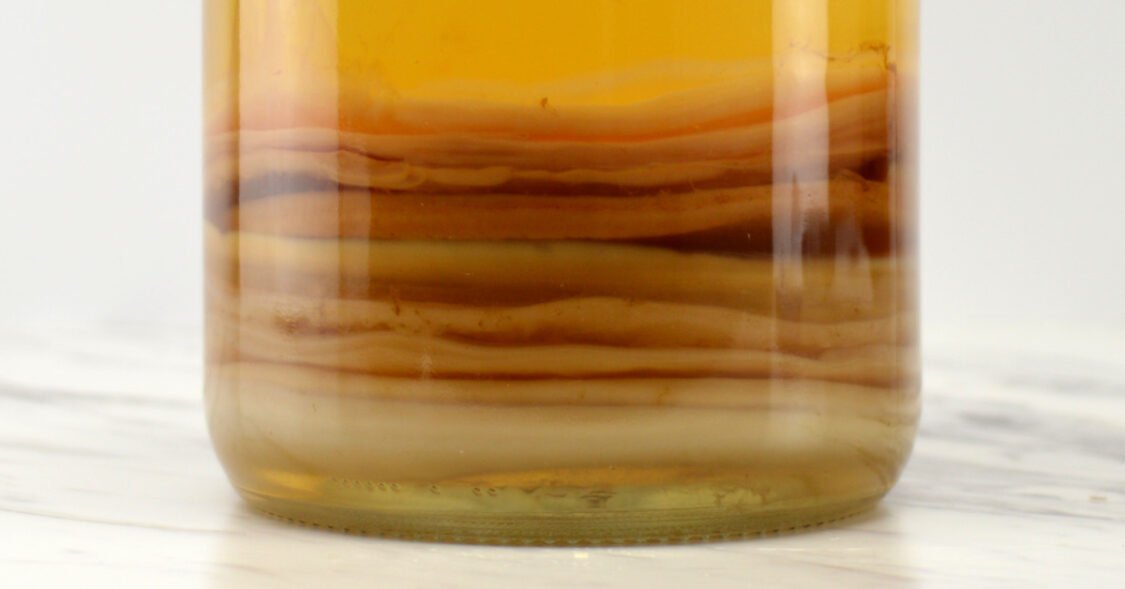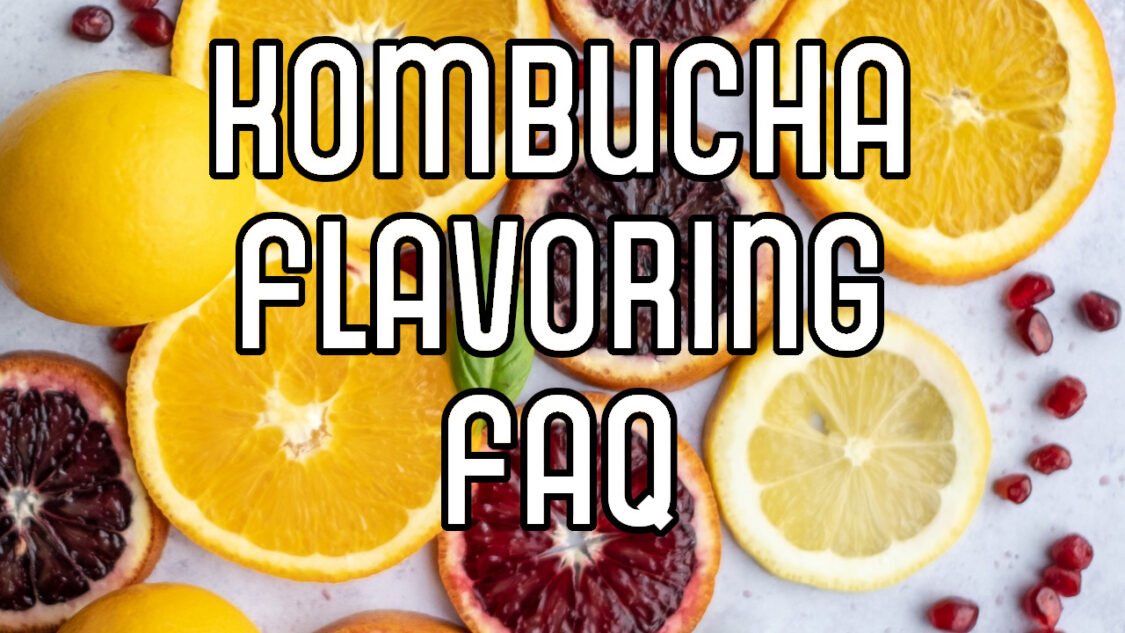What is a SCOBY MADE OF?
What is a SCOBY made of and where did it come from? Let’s take a look into the the science and biology of a SCOBY.

By now you’re probably familiar with the SCOBY (pellicle) that floats atop your kombucha but want to gain a deeper understanding of the various microbes and compound that make up the SCOBY. The bacteria and yeast live in a “symbiotic” relationship–a complex, mutually beneficial community, supporting and depending on each other for survival.
What is a SCOBY?
A SCOBY (short for Symbiotic Colony Of Bacteria and Yeast), also known as a pellicle, is a type of biofilm or microbial mat typically found floating on the surface of kombucha.
It is mainly composed of of cellulose and is often used in fermentation processes that convert sugar into other compounds similar to sourdough starters. SCOBYs can absorb water, which allows them to carry over a small amount of the previous liquid it was found in.
The density of the cells within the SCOBY can vary based on fermentation conditions, which in turn can affect the final product. More research is needed to determine the ideal ratio of SCOBY to starter liquid culture for consistent results, as there are no established guidelines and generally people use s whole SCOBY to ferment a batch of kombucha.
For more information be sure to check out what is a Kombucha SCOBY?

What is a SCOBY made OF?
Kombucha contains several acids and esters that give the drink its characteristic tang and fizz. One of these compound, gluconic acid, is the primary difference between the makeup of kombucha and the makeup of cider vinegar.
Each kombucha SCOBY is a little different from another; however, here is a list of several of yeasts and bacteria that can typically be found found in a Kombucha SCOBY:
- Acetobacter: An aerobic (requires oxygen) bacteria strain that produces acetic acid and gluconic acid. Acetobacter is always found in any Kombucha SCOBY.
- Saccharomyces: Is a number of yeast strains that produce alcohol, and are the most common types of yeast found in kombucha.
- Brettanomyces: Another form of yeast commonly found in kombucha and produces alcohol and acetic acid.
- Lactobacillus: A bacteria that is not always, found in kombucha. It produces lactic acid.
- Pediococcus: This bacteria produces lactic acid and a slimy or ropy film in the liquid. It is not always, found in kombucha.
- Gluconacetobacter kombuchae: A bacteria that is only found in kombucha. It feeds on nitrogen from the tea and produces acetic acid and gluconic acid as well as building the SCOBY pellicle
- Zygosaccharomyces kombuchaensis: Another yeast strain that is only found in kombucha. It produces alcohol and CO2 (carbonation) and also contributes to the SCOBY pellicle

Now that you know what a SCOBY is made of, check out the post how to grow a SCOBY
Helping you learn to brew kombucha, find inspiration for new kombucha flavors and use kombucha to make kombucha mocktails



